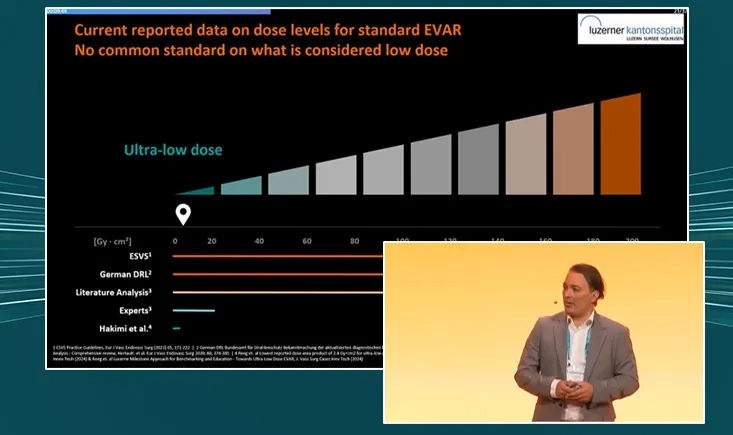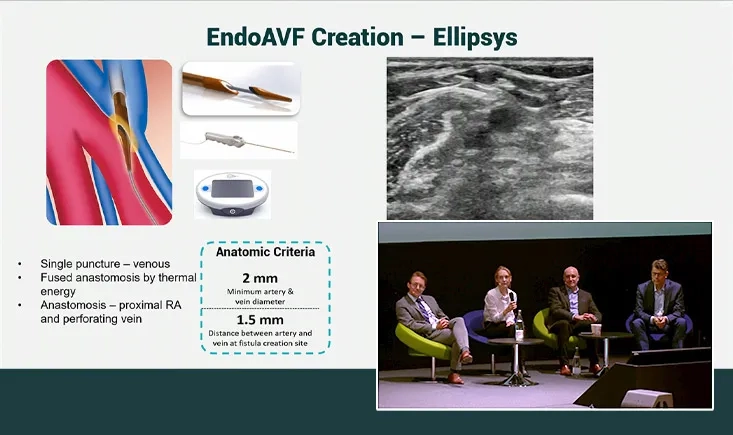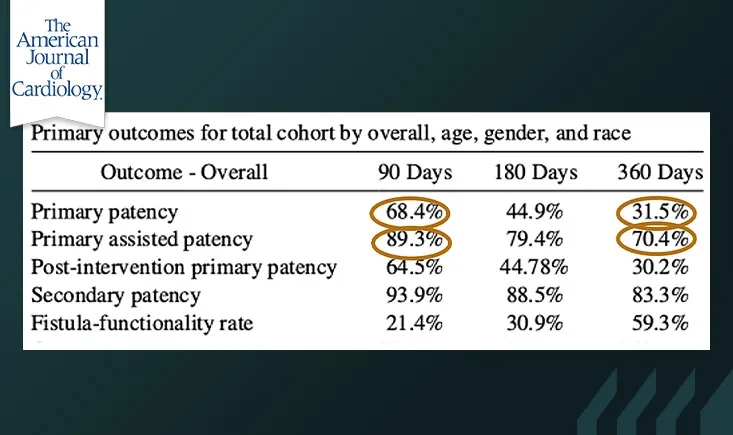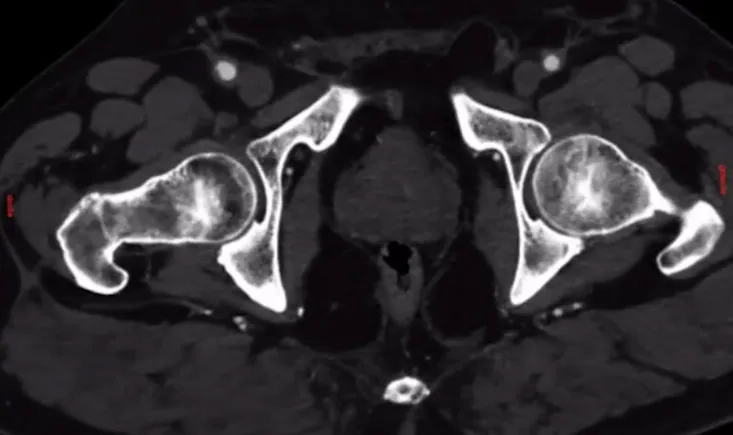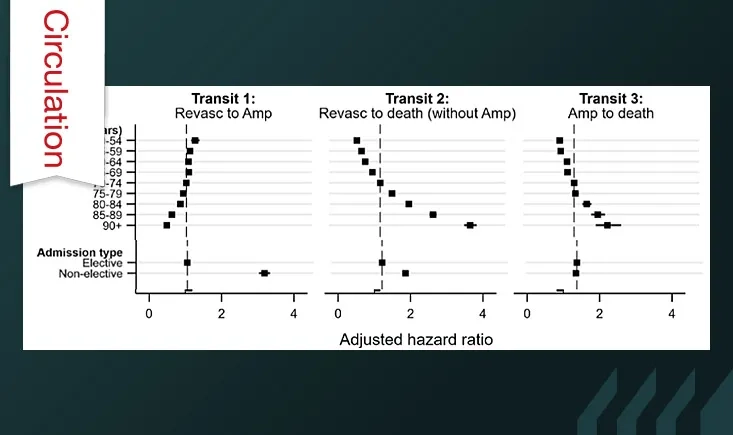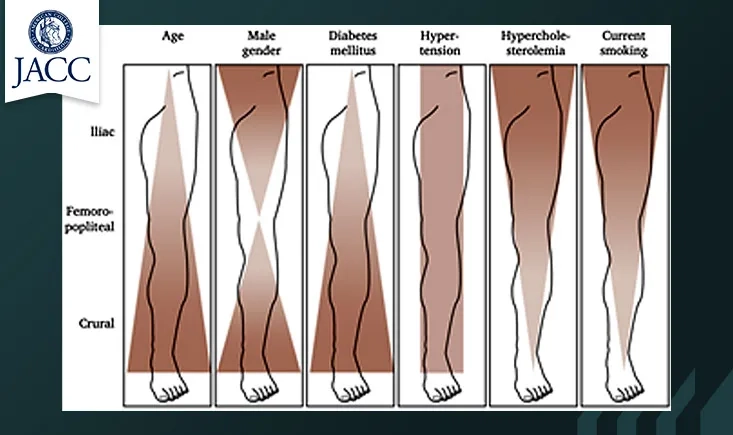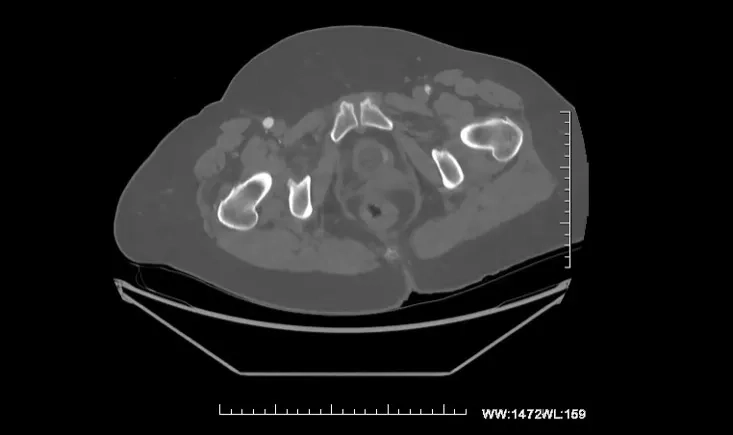Cases and resources in vascular techniques
This section provides a selection of cases and resources provided by experts in vascular techniques.
Discover how advanced imaging technology in hybrid operating rooms is revolutionising EVAR & FEVAR procedures, from reducing radiation exposure to enabling precision in complex cases, as Maani Hakimi shares insights from PVI 2024.
Explore this PVI 2024 symposium case study, where Daniel Van Den Heuvel details the treatment of a 65-year-old former smoker with hypercholesterolemia, hypertension, and type 2 diabetes.
Watch this exclusive interview with Dr. Xavier Chaufour from the #pvi 2024 session about the aortic arch to explore the benefits of close collaboration between cardiac and vascular surgeons, especially in frozen elephant trunk repair.
In this PVI 2024 exclusive interview, Dr. Koen Deloose explains how the Oscar device, a multifunctional tool designed to support vascular interventionalists in lesion crossing and preparation can address key unmet needs in daily practice, improving success rates, and preparation efficiency.
This PVI 2024 session replay explores complex AV access cases, presenting surgical and endovascular techniques and their revisions. Learn from real-world examples and peer discussions to improve your practice.
This study analysed the primary patency of arteriovenous fistulas (AVFs) in Medicare beneficiaries, finding a low rate compared to previous trial settings. Age was not a major contributor to AVF patency, but women and Black patients had disproportionately lower rates, even after multivariable adjustment.
Study the case of a 62-year-old patient with coronary disease, obesity, diabetes, and dyslipidemia, who has a history of RCIA, LCIA, and SFA stenting, along with thromboendarterectomy of the RCFA.
This recent study examined illness trajectories in patients aged 50 and older who underwent lower limb revascularisation for peripheral artery disease in England. The research identified variations in patient outcomes based on age, admission type, and PAD severity.
Patients with peripheral artery disease (PAD) face significant cardiovascular and limb risks, necessitating tailored antithrombotic strategies. A global multidisciplinary work group reviewed current evidence, highlighting the varied responses to antiplatelets and anticoagulants, the importance of balancing benefits and bleeding risks, and providing clinical scenarios and recommendations for future research.
Management of acute limb graft thrombosis can be challenging, especially for an obese patient with Balthazar E severe pancreatitis and ARDS...
